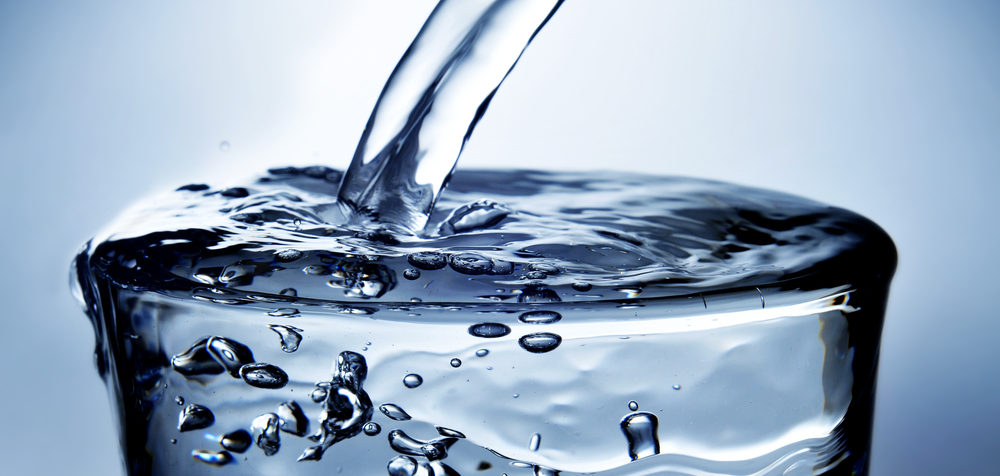
A team from Nanyang Technological University in Singapore have developed an ultra-thin material made from recycled fruit that can be used in equipment to purify dirty water. The technique could be used in remote areas and disaster zones where access to power sources are limited. They are currently developing the technology further and are seeking industry partners to help with its commercialization.
They successfully used coconut husks, orange peels, and banana peels to make MXenes – an electrical-conducting compound with similar properties to graphene. Unlike graphene, which is made from carbon, MXenes can be produced from other elements, giving them better light-to-heat conversation properties.
“Our synthesis process is three times cheaper than commercial methods because the original source that we use (fruit waste) is free of charge,” Asst. Prof. Edison Ang said.
Currently, the researchers plan to use their MXenes in solar cells, to provide power to distill dirty water. Traditional distillation requires a well-established infrastructure and significant energy costs, making the system affordable only in developed countries. Solar stills can be used in disaster zones and rural areas, where fuel and clean water are often scarce. Using MXenes gives an average light-to-heat conversion efficiency of 90% – approximately 30% higher than that of the commercial solar absorber. As a result, the water production rate is about 50% higher than that of the commercial ones.
“It (solar still) doesn’t require any electricity because we’re using renewable solar energy, so it is very easy to deploy. As long as you have sunlight, you can use it,” said Prof Ang. “This will be especially beneficial to the underprivileged community. When we tested our water quality against PUB standards, we met those drinking standards.”
